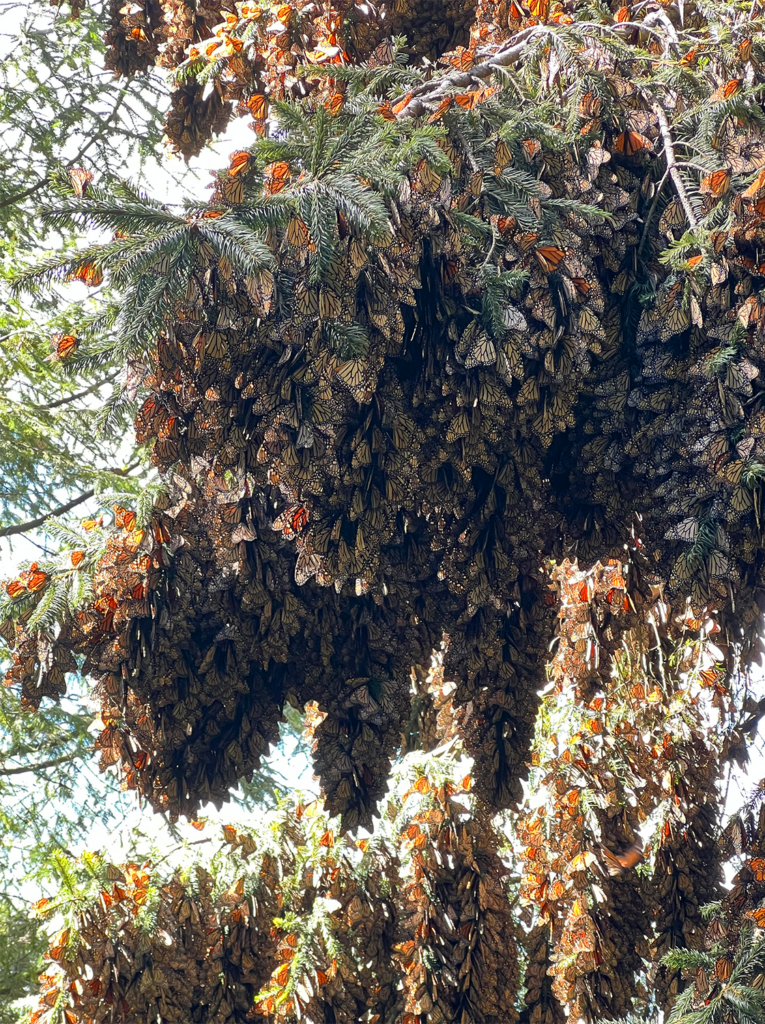 It’s cold and flu season where I live, and many of us are suffering through the indignities of a runny nose or the irritations of a cough that just won’t quit. I seem to spend more time with the staff of my local pharmacy than I do with my family, and I can list from memory the location of my preferred cold medicines on the pharmacy shelves. Which raises the question: How do non-human animals manage their encounters with disease and find the medicines that they need? Without the option of a quick visit to Walgreens, what do animals do when they’re sick?
It’s cold and flu season where I live, and many of us are suffering through the indignities of a runny nose or the irritations of a cough that just won’t quit. I seem to spend more time with the staff of my local pharmacy than I do with my family, and I can list from memory the location of my preferred cold medicines on the pharmacy shelves. Which raises the question: How do non-human animals manage their encounters with disease and find the medicines that they need? Without the option of a quick visit to Walgreens, what do animals do when they’re sick?
It turns out that many animals do exactly what we do – they pay a visit to their local pharmacy. For animals, that pharmacy is centered on the medicinal qualities of what they eat. Of course, many human medicines are derived from plants and microbes, including heart medications from foxgloves and aspirin from willow trees. For many animals, that “phytochemical landscape” of medicinal plants is the pharmaceutical equivalent of a trip to Walgreens. You’re probably not too surprised to learn that other primates, including chimpanzees, seek out specific plants when they’re infected with parasites. But we now know that birds, crustaceans, and insects can derive medicinal benefits from what they eat.
Which brings us, naturally, to monarch butterflies. A few years ago, my colleague Jaap de Roode and I discovered that the cardenolides (cardiac glycosides) in milkweed foliage could help to protect monarchs from the protozoan parasite, Ophryocystis elektroscirrha (OE). Cardiac glycosides are steroids, with chains of sugars attached, that vary enormously in chemical structure and toxicity. Monarchs can collect and store cardenolides from milkweed leaves in their body tissues to protect them from bird and mammal predators. It turns out that some cardenolides are also potent medicines that act against OE. Perhaps we shouldn’t have been surprised: milkweeds are classified within the genus Asclepias, named after the Greek God of medicine, Asclepius. Moreover, remember that heart medication from foxgloves that I mentioned earlier? It’s also a cardiac glycoside.
When monarchs that are already infected with OE eat milkweeds containing toxic forms of cardenolide, they live longer, grow larger, fly farther, and have more offspring than those that feed on milkweeds with less toxic forms of cardenolide. Jaap and I ran a series of experiments over a period of ten years to work out most of the details of how this works. Parasites grow and multiply within the bodies of their hosts. OE parasites produce many fewer infective spores when their monarch hosts consume milkweeds containing high concentrations of toxic cardenolides. What’s even more amazing is that monarch mothers will change their egg-laying behavior if they are infected with OE. Infected moms lay their eggs on more toxic milkweed plants than do uninfected moms so that hatching caterpillars get their first dose of medicine when they take their very first bite of milkweed.
So why don’t all monarch moms lay their eggs on the most medicinal milkweeds just to be safe? Probably for the same reasons that we don’t take antibiotics every day – we wait until we’re sick before we take our medicine. We do that because most medicines also have side effects (try reading the Warnings Section of your last prescription!) and we are only willing to pay the cost of those side effects when the benefits are high. It’s the same for monarchs: the most toxic cardenolides can reduce the growth rate and fecundity of healthy monarchs, so it’s only worth seeking them out if the alternative (high parasite load) is worse.
There’s a critical lesson for monarch lovers here; monarch moms know best. I’m often asked which milkweed species we should plant to help protect monarchs from OE. The answer is, as many different locally native species as you can. Our role is to provide as wide a selection of native milkweeds as our gardens will allow so that monarch mothers can choose the best mix of cardenolide medicines for their offspring. If we were to plant only the most medicinally active milkweeds, two bad things might happen. First, uninfected monarchs would suffer unnecessary side effects from consuming toxic milkweeds. Second, we would expect rapid evolution by the parasites to resist the milkweed antibiotics. Just as many human diseases have become resistant to our go-to medicines, so too would OE become resistant to milkweed cardenolides if they were consumed by all monarch caterpillars all of the time.
One final thought about monarchs and their medicines. As Earth’s climate continues to change, we can already see impacts on the movement of monarch butterflies and the geographic range of their milkweed host plants. Worse yet, plant chemistry responds remarkably quickly to changes in temperature, rainfall, and atmospheric concentrations of carbon dioxide. Unfortunately, our experiments show reductions in the medicinal qualities of milkweed foliage in response to all of these environmental factors. In short, the ability of monarchs to self-medicate is at risk from climate change. What can we do to help? It has never been more important to plant as diverse a palette of local native milkweed species for monarchs as we can. By planting many different milkweed species, we will ensure that the “phytochemical landscape” remains diverse, allowing monarchs the opportunity to seek the medicines that they need.

